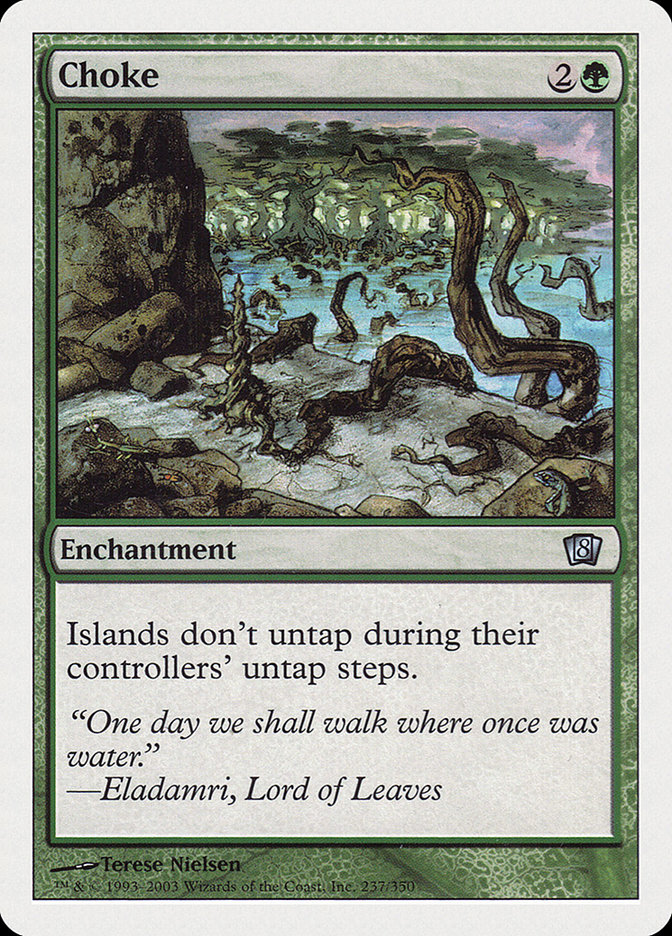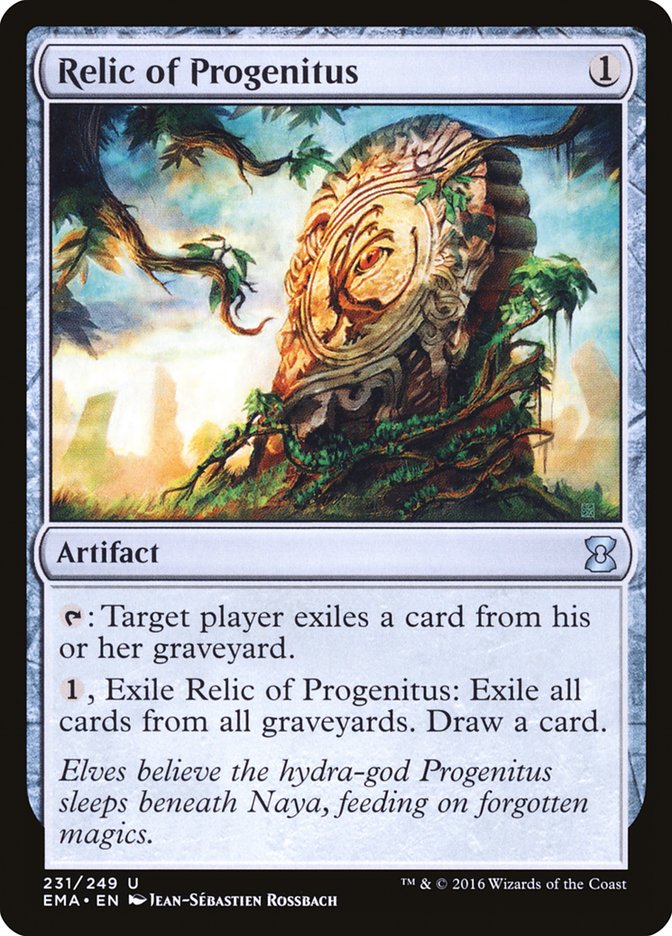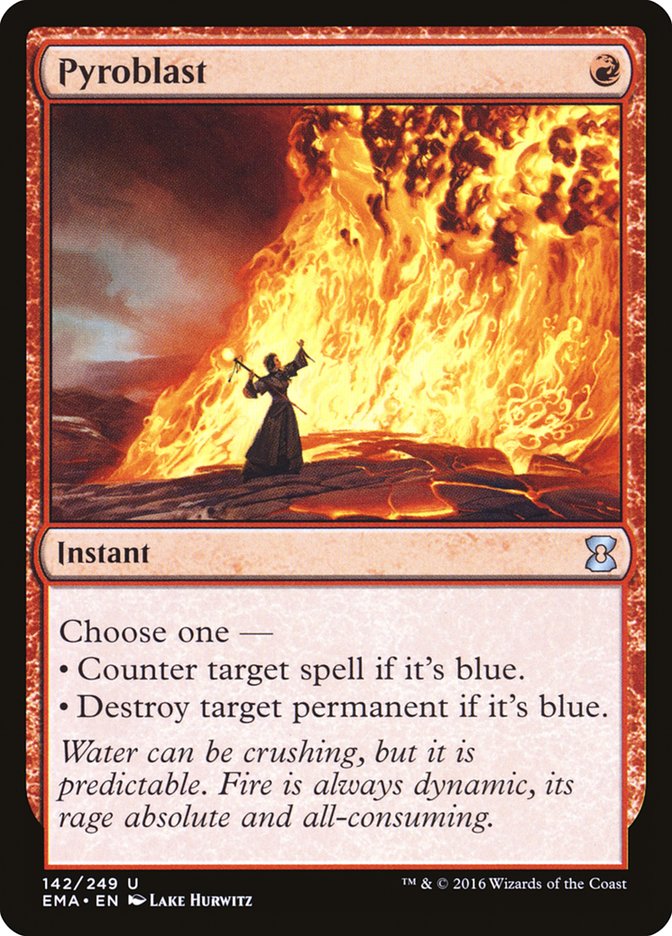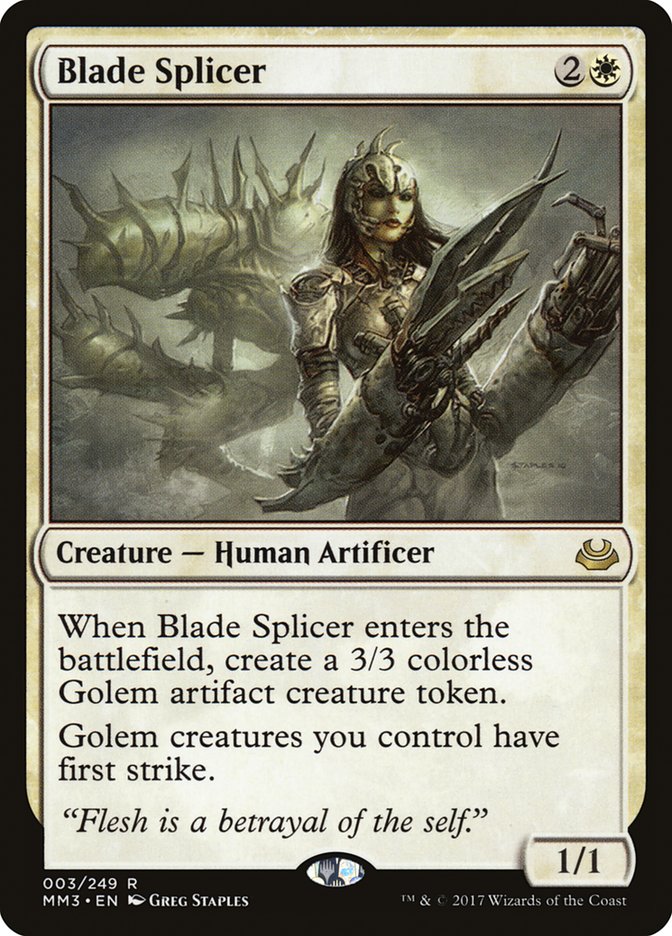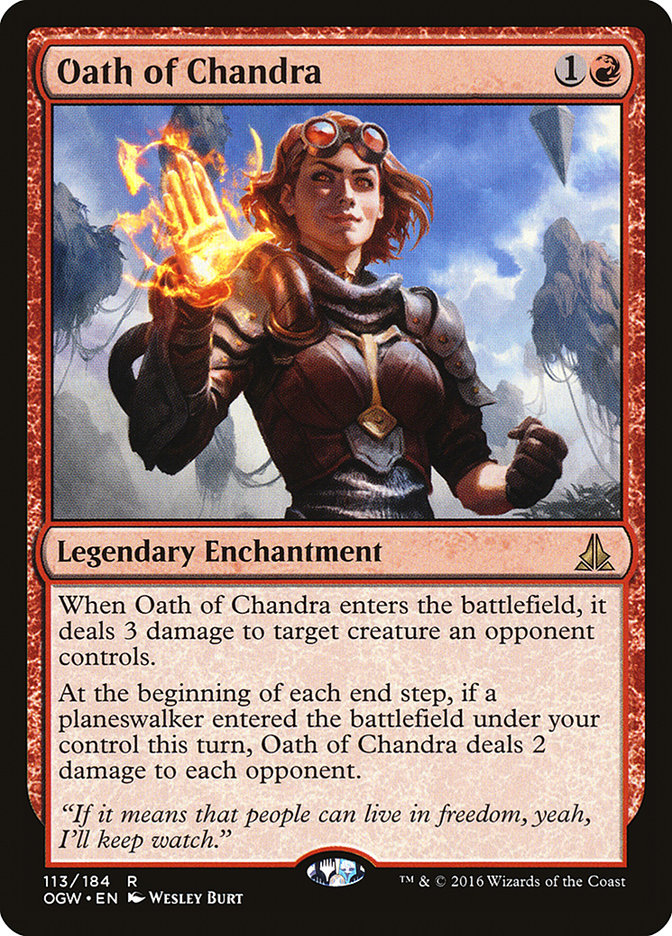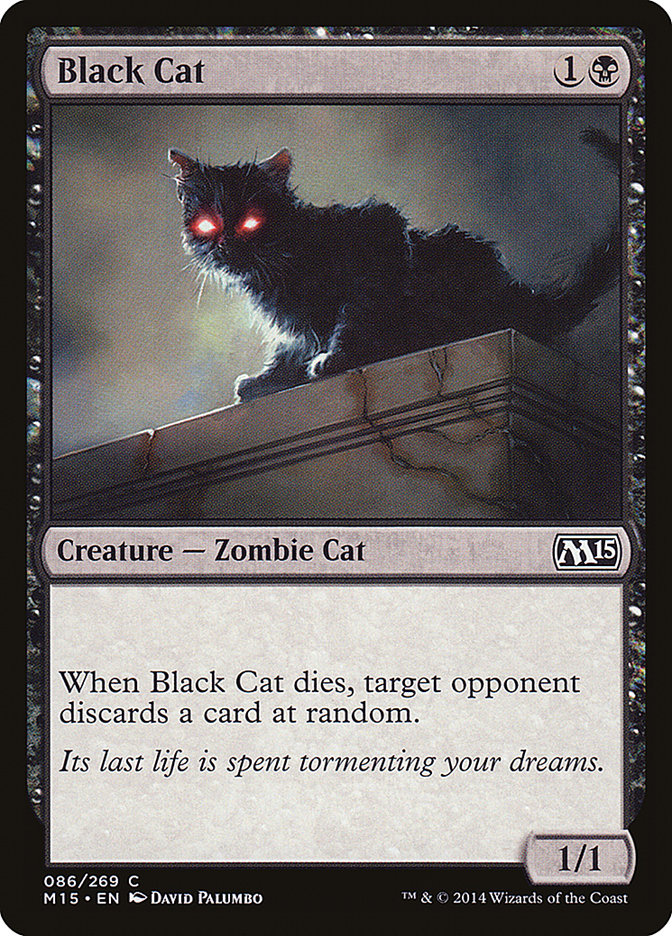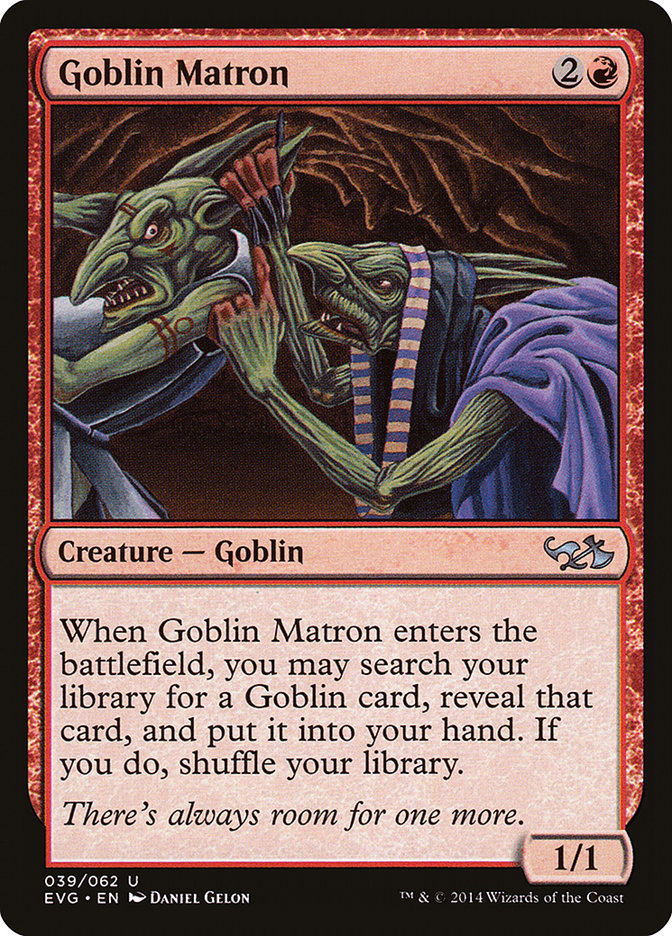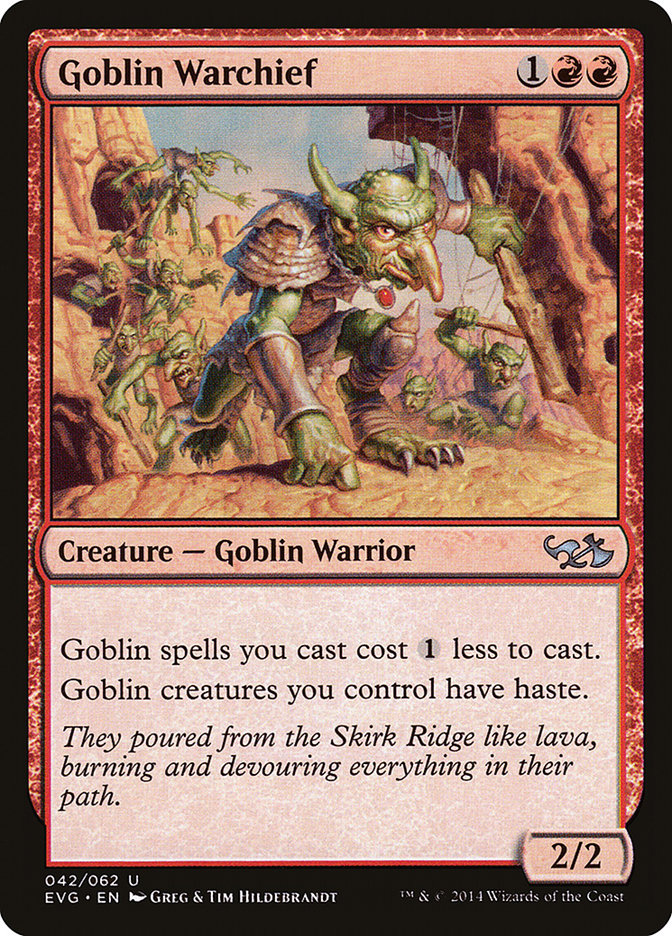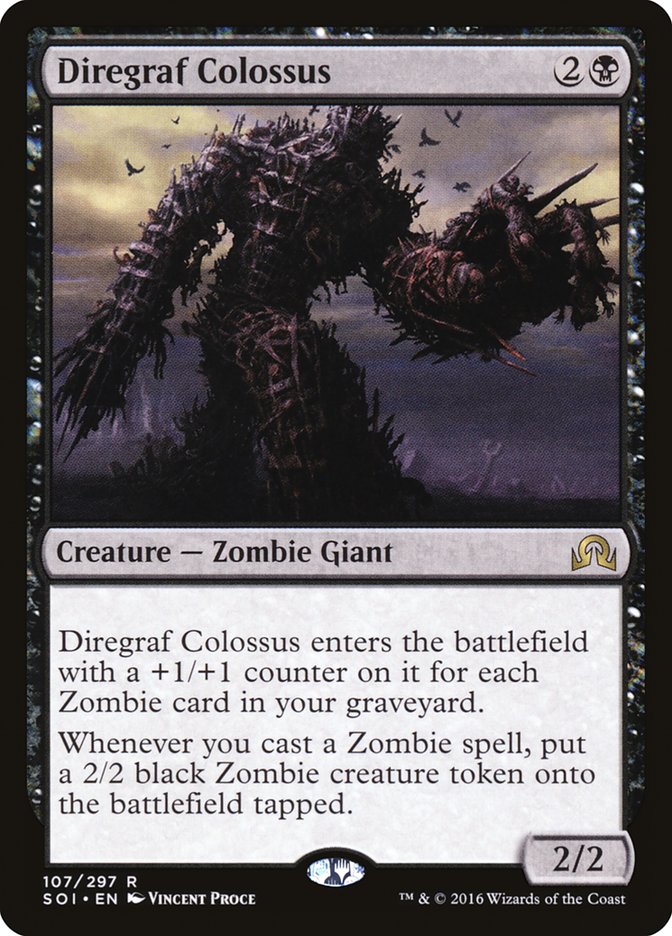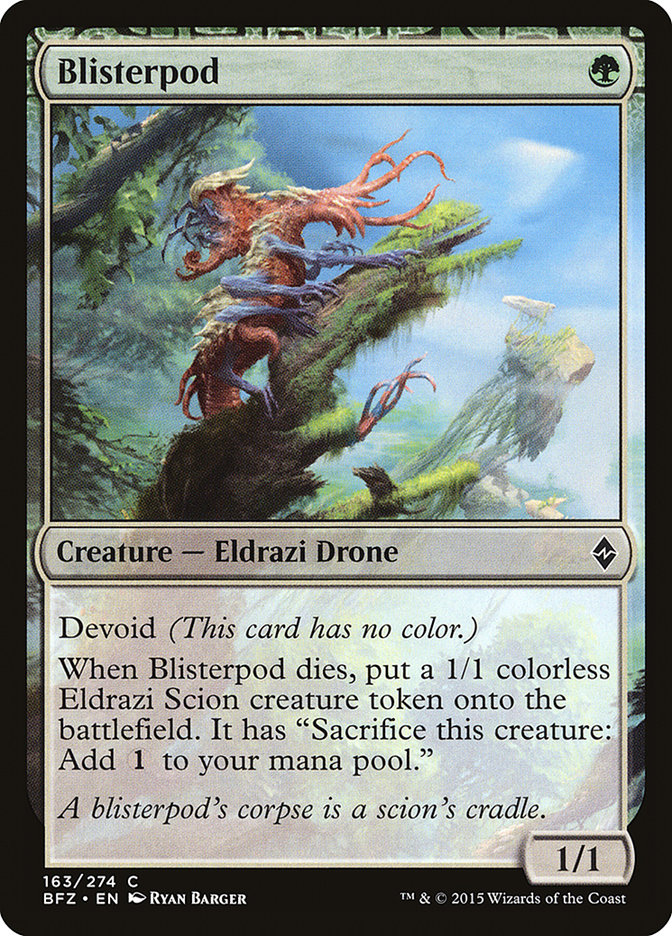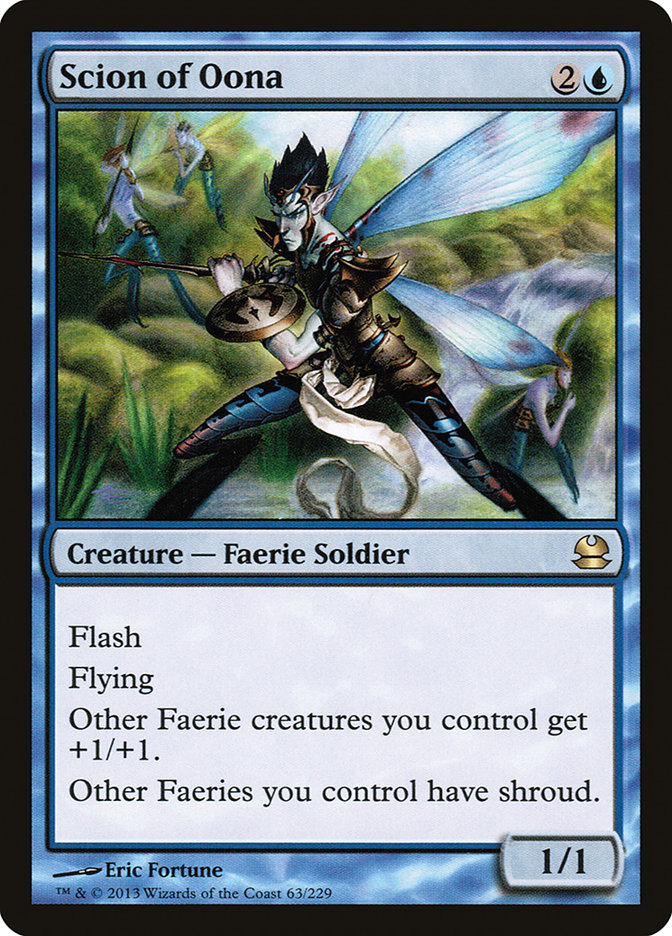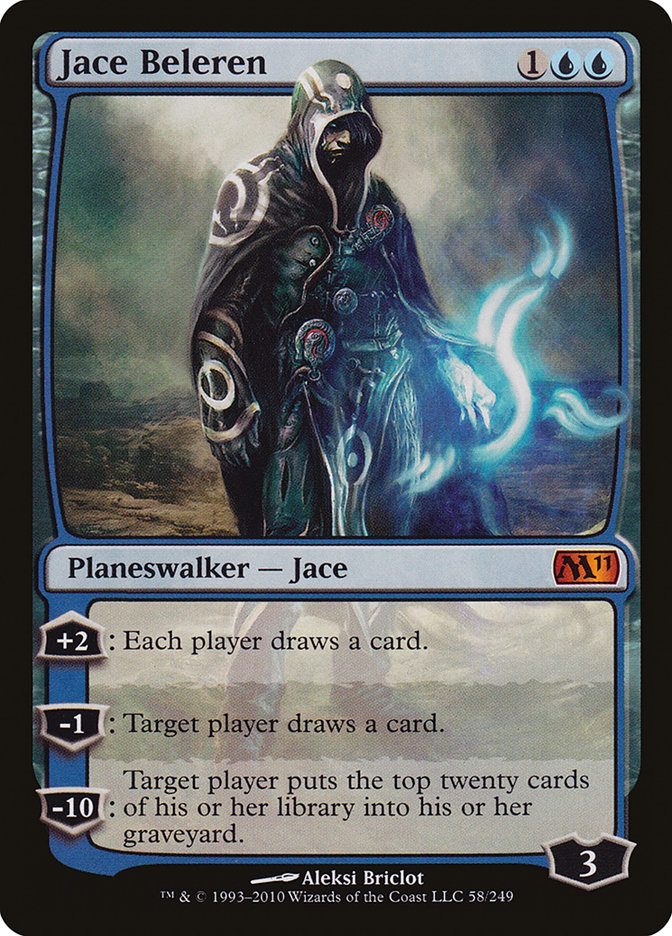General guidelines of sideboarding and how sideboards are constructed is a topic I try to come back to periodically because I think there are a lot of really general rules that extend to most formats and circumstances that I think aren’t widely understood. For the most part, people think of sideboarding as a way to have access to cards that are very bad against a considerable portion of the field but that are very good against certain decks. That’s not wrong, but there’s a lot more to it, and it has some deeper implications for the difference between games played with maindecks and games played with sideboards that have further implications for what kinds of things sideboarding needs to account for. Let’s start by going over what kinds of sideboard cards there are, then go over the implications of their use and what that means about how you should sideboard with any deck.
Hate Cards
These are generally narrow but highly effective bullets. The expectation is that when you sideboard in a hate card in its intended matchup, it will be among the best cards in your deck. For the most part, these are good against linear decks that are built around something this card cripples, like Stony Silence against Affinity or Rest in Peace against Dredge. Sometimes it can be a little less obvious, like Engineered Explosives against Hexproof.
These cards often convey the biggest change in your expected win percentage per time that you sideboard them in, but they may get sideboarded in a relatively small percentage of the time.
Efficient Answers
These are generally cheap spells that answer a narrow enough class of card that you can’t count on them reliably having a target, but any time a target is present, they’ll play pretty well. This could be anything from Pyroblast to Shock to Nature’s Claim. Not everyone has blue cards, small creatures, or artifacts or enchantments, but a lot of people will. If you expect to bring hate cards in around 10% of the time, you can often expect to bring efficient answers in 30% of the time. These numbers are totally made up, and in some formats, you’ll actually be able to bring certain hate cards in more often than certain answers. Also, the distinction here is pretty blurry, and I can see an argument that they should be thought of together.
Both are cards that don’t do anything to further your independent gameplan, which is to say, if you didn’t have an opponent, hate cards and efficient answers would have roughly no impact on the game. The point is that, when you bring either of these kinds of cards into your deck, you’re planning to attack your opponent’s gameplan rather than attacking your opponent.
Fundamentally, these cards make decks weaker. I don’t mean you’ll win less, or that the card isn’t high-impact; what I mean is that the more of these cards either player has, the less explosive the match will be.
Tuning Cards
Sometimes these will be lands that you have to sideboard in along with other sideboard cards to make sure your mana works, and sometimes these will be threats that you can use to adjust the your angle of attack. Maybe you have a versatile three-mana creature in your deck, like Blade Splicer, but your sideboard contains Mirran Crusader to bring in in matchups where its protections will come into play. Maybe you’re playing a control deck that has a lot of creature removal, and you want to replace that with counterspells against other spell decks; in this case, there’s some overlap between tuning cards and efficient answers because efficient answers are already a fundamental part of a control deck’s strategy, and tuning cards are about ways to optimize (rather than deviate from) your initial strategy.
Juking Cards
When you bring a tuning card into your deck, you’re not fundamentally trying to change your role; you’re just trying to find a way to do it better in context. With juking cards, you’re trying to shift strategies. This could be a transformational sideboard move, like bringing in creatures to attack your opponent out of what had been a spell-based combo deck, or it could be something like the shift from Mardu Vehicles to Mardu Planeswalkers when players bring in additional planeswalkers and Oaths. The idea is to change your gameplan enough that it is in some ways like you’re playing an entirely different deck.
These cards are often used by decks that are linear enough that their strategy can be exploited by hate cards, and juking functions as a countermeasure. Performing such a juke often requires a lot of cards, so you’ll usually see sideboards that either don’t have any juking cards or sideboards that are primarily dedicated to making such a move.
Others
This doesn’t cover everything. One major exception that feels kind of weird giving its own category is Wish targets: cards that are in your sideboard because you’re planning to interact with your sideboard in the first game rather than because you’ll be sideboarding traditionally with them. This would also cover things like playing a Black Cat in your sideboard
The Limited Analogy
As you know, there are two main forms of Limited Magic: Draft and Sealed Deck. I’m currently fascinated by the realization of how analogous these are to pre- and post-sideboard games of Constructed Magic, and I think this realization has a lot of useful implications on both sides.
In Draft, players have the ability to build synergistic decks with a cohesive game plan because the specific strategy they attempt to employ changes the relative values of cards in packs for them, allowing them to consistently take them higher than other players, leading to a high density of that kind of card in their pool.
If I’m trying to draft a Goblin deck and every pack contains around one Goblin and Goblins aren’t generally valued by players at the table, it’s pretty likely that I can end up with around twelve Goblins, which is half the Goblins opened in an eight-player draft, assuming I have to pass some because there cards that are enough better in the pack, and that a few don’t make it to me because sometimes a Goblin happens to be the best card in the pack for someone else. On the other hand, if I were to open a Sealed Deck, I would only have access to around six Goblins, because that’s just how many there are in my packs.
On the other hand, for classes of cards like “bombs” and “premium removal” that will almost never get passed, so you only have the amount you open, you’ll have twice as much in Sealed, because you see twice as many fresh packs.
In Sealed, you have roughly twice the number of good standalone cards and half the synergy compared to Draft. (Don’t quote me on that math; the point is things are considerably shifted in that direction.)
The fact that everyone has more bombs fundamentally pushes everyone to play more removal. Luckily, for the most part, everyone also has access to more removal.
The fact that everyone has more removal means that games are slower. The more likely cards are to trade, the more likely the game is to go long. The longer the game goes, the more you’ll want expensive, independently high-impact cards. This means everyone is pushed to play slower decks with more powerful cards in Sealed, and you’ll often want to expect that everything important will trade off and you’ll have to win with whatever you have left, so you want your weaker (less good) cards to err toward being more powerful or more likely to win a game by themselves. This is to say that if you have to include a C- card in your deck, you’d probably rather have a six-mana 6/6 than a two-mana 2/2.
In Draft, things are different. Bombs are scarce and there’s a bit less removal, but most importantly, everyone’s showing up with a deck that was drafted to do something in particular. People have gameplans and synergies in ways that often don’t come together in Sealed Deck. Rather than trading cards and hoping to end up with last biggest creature, you’re hoping that the synergies of your Zombies lead to your deck doing something more powerful than the sum of the interactions between your opponent’s Trials and Cartouches.
When you build a Constructed deck, you have as much synergy as you want, and there’s always value to be gained by having a gameplan. Magic is a game of interactions, where the goal is to build decks that are far greater than the sum of their parts. Constructed is like Drafting to the next level. Everything is even more focused.
There are rare exceptions, like Jund; sometimes, there are enough independently powerful cards in a format and good enough answers that synergies will reliably get torn apart and building toward them is a fool’s errand. Sometimes, the best strategy in Constructed is just to play all the most powerful cards, and these times, and the decks built in this manner, are considerably more like Sealed Deck.
So what does all of this have to do with sideboarding?
Consider what kinds of cards people have in their sideboards. When someone brings in a hate card, they’re punishing a linear strategy, breaking synergies, and forcing cards to stand on their own, the way they would in Sealed.
When people bring in efficient answers, they’re preparing to trade resources. Yes, they’re specifically hoping to get ahead by trading them at a favorable rate, but fundamentally, they’re shifting toward interaction, and that kind of shift will break synergies and extend games.
When someone performs a juke, they’re presenting a deck that less focused and powerful than their first deck was, or they would have just played this other deck to begin with. They’re almost certainly going to have some leftover cards in their deck that don’t quite fit their new strategy, or their new strategy will be counting on exploiting some particular hole in the way their opponent sideboarded.
When someone makes a tuning change, the results are a little less clear, since a lot of different things can be going on there, but the point is that sideboarded games are slower, more interactive, and fundamentally, a lot more like games of Sealed Deck.
The Implications
When you sideboard, you’re shifting from playing a Draft match to playing a Sealed match, and you probably want to shift from playing a Draft deck to playing a Sealed deck, to the extent that you’re able.
If I write up a sideboard guide that says that in every matchup, I cut Blisterpod and add Tireless Tracker, everyone will comment and ask why I’m not just playing Tireless Tracker maindeck if it’s better against everyone. The answer is that Tireless Tracker is the perfect card in Sealed Deck, and Blisterpod is a low-impact card that gets by entirely on synergy.
While my synergies work and I’m trying to curve out and do something explosive as quickly as possible, I need Blisterpod to keep my curve low and my synergies high, but once I expect the game to slow down, I can increase my curve a little and play cards that can win the game on their own and attack on a different axis from what my opponent might be preparing for.
Now, I’m not saying that I’m at the point with Abzan Tokens in Standard where I’m cutting all of my Blisterpods for Tireless Trackers in every matchup, but it wouldn’t surprise me to learn that that’s the right thing to do.
This kind of move has existed and been correct for a long time. I first really got it playing Faeries in Standard, when I’d sideboard out Scion of Oona for Jace Beleren against 90% of my opponents.
Scion of Oona is a card that’s only good when things aren’t trading and you’re building up to have a lot of Faeries for it to pump, and it walks into basically every hate card anyone played. In Game 1, it was synergistic and explosive and did just what the deck wanted, but in Game 2, it was almost always mismatched. Jace Beleren, on the other hand, asked you to tap out at a time when you’d never want to in the first game, but once you sideboarded in the right answers to remove something your opponent snuck through when you tapped out for Jace, and things traded a lot, the raw power of the card advantage it provided was just what you were looking for, and it also didn’t care about most of the kinds of cards people had that interacted with your primary maindeck strategy.
Sometimes the tuning cards are just the cards you bring in almost everywhere to tune your deck to play the second game.
So, when we see a new decklist, we generally know what cards to bring in each matchup because it’s fairly obvious which cards interact with the opposing deck and which ones don’t. If you see any Modern deck with Stony Silence in the sideboard, you know that you should bring it in against Affinity. Despite this, everyone always asks for sideboard guides whenever someone writes about a new deck. Whenever someone asks for a sideboard guide, what they really mean is almost always, “Which cards in the maindeck can I get away with sideboarding out and when?”
The Simple Conclusion
When you’re not sure what you should cut, just cut the weakest cards or the cards that most depend on synergy with other cards. If any card only really does something if the rest of what you’re doing is working perfectly, there’s a good chance post-sideboard games, when things get scrappier, are not the time for it.
Yes, sometimes it’ll be easy. Some cards will be mismatched in some matchups and you’ll want to cut them first; look for cards with text that isn’t relevant to the match you’re playing. But after making the easy cuts, the next step is just to cut weak and narrow cards. You’re still playing Magic, so you’ll still want something that resembles a realistic mana curve, but honestly, there’s a good chance you can push it more than you think.
There are always exceptions, but when in doubt, start here, and I think you’ll find it’ll serve you quite well.


